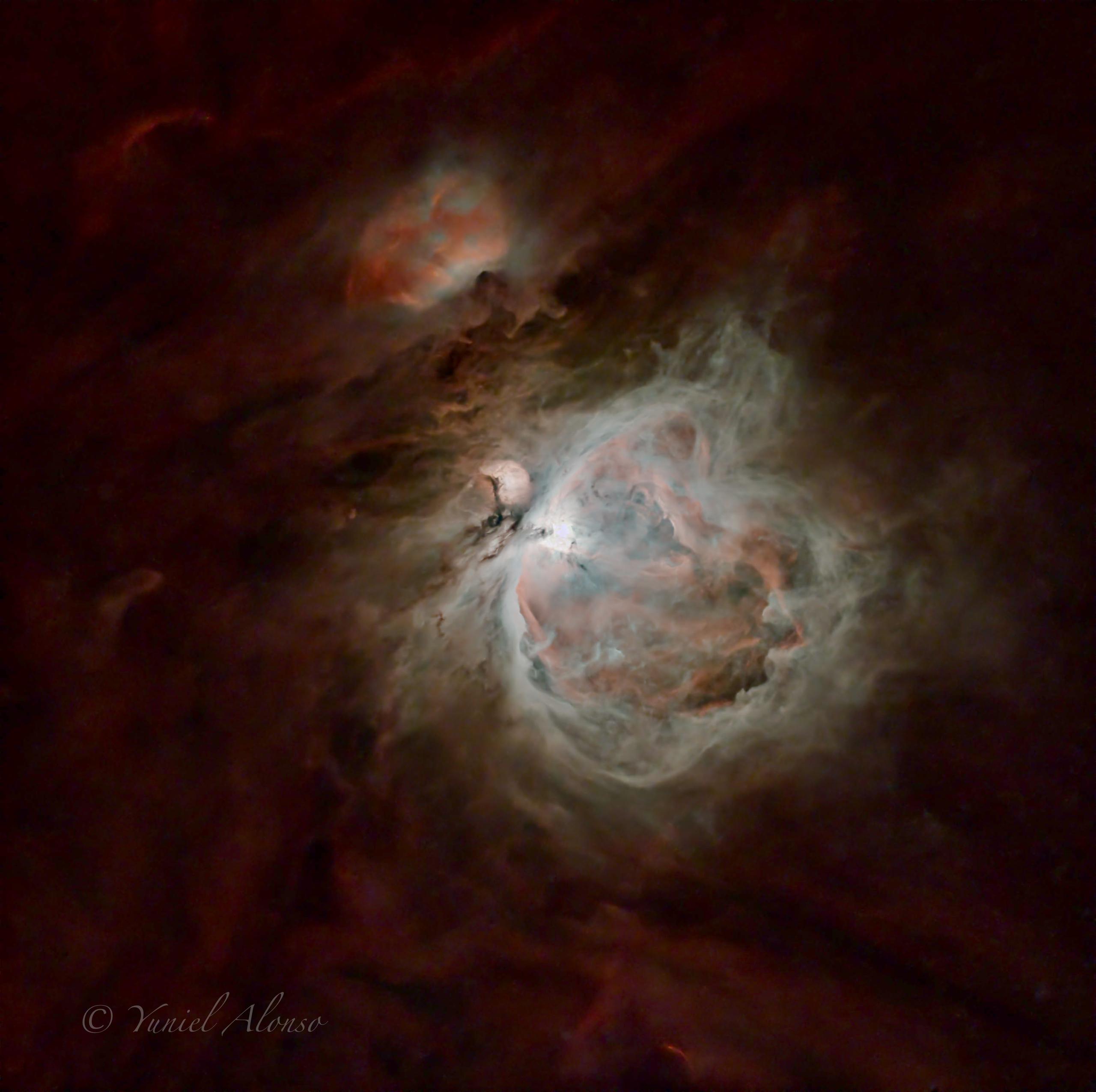
Jane Doe
Understanding Astrophotography Gear
Astrophotography is a fascinating blend of art and science. Choosing the right equipment — cameras, telescopes, and mounts — can significantly improve your images.
DSLRs like the Canon EOS 90D are a great start, offering both resolution and control. Mirrorless systems such as the Sony A7 series offer lower weight and excellent sensors.
For telescopes, beginners might prefer Dobsonian mounts for their simplicity, while advanced users may lean toward equatorial systems for long exposure tracking.
